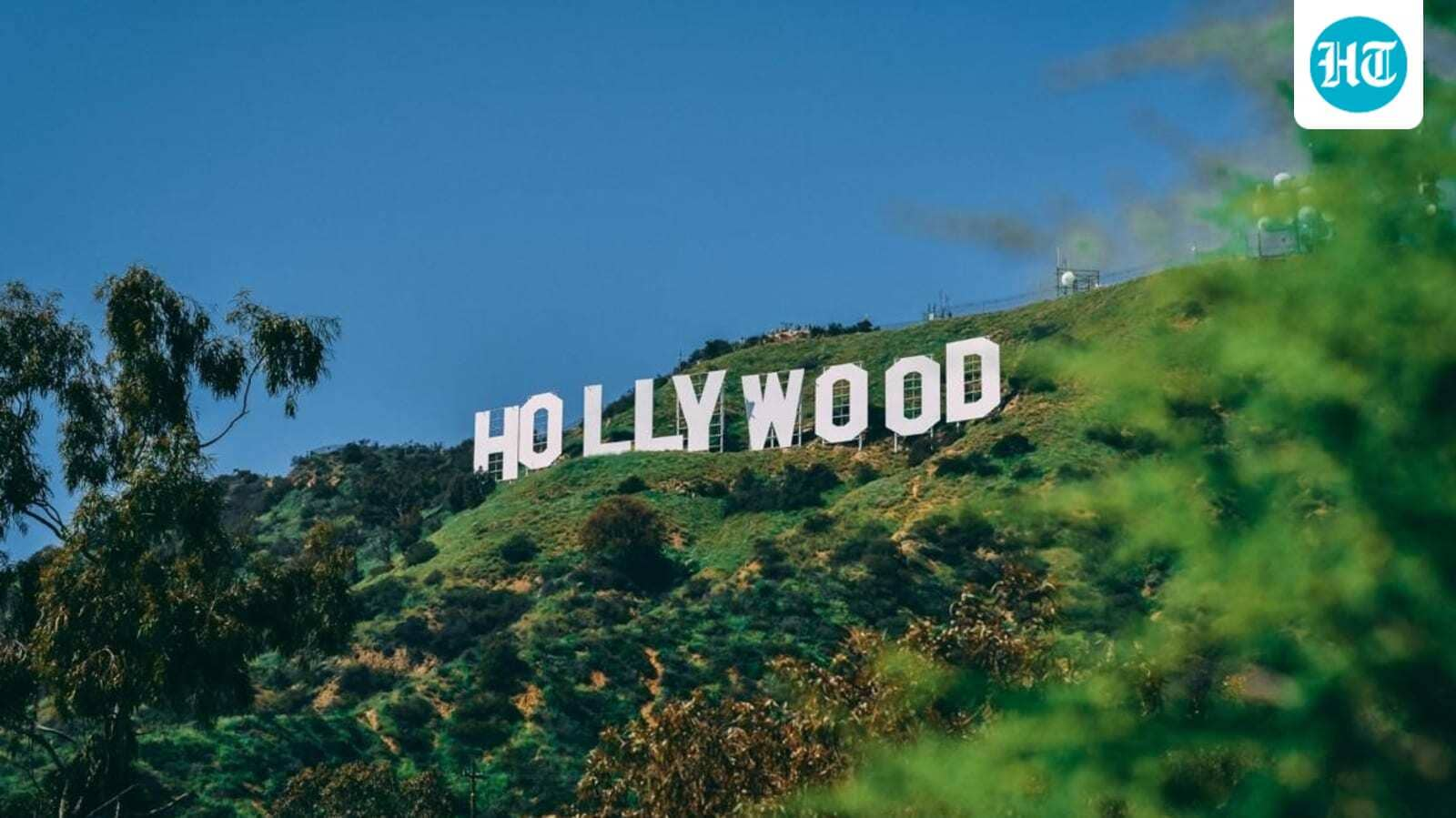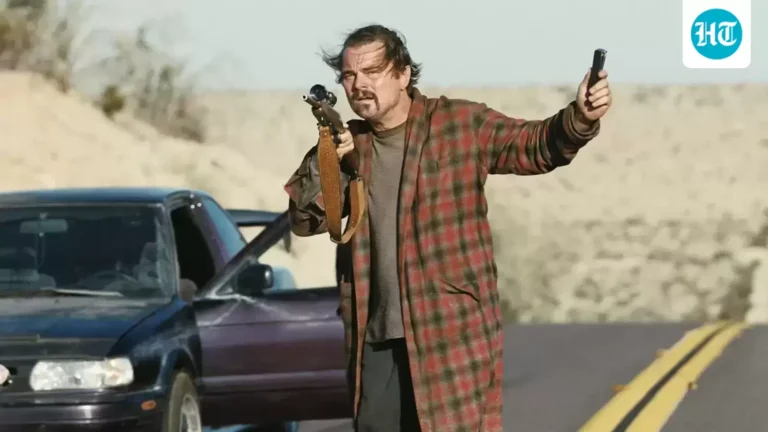Exploring ‘After the Hunt’: Tragic Depths Beyond the Farcical Surface

Movie Review: ‘After the Hunt’ – A Complex Exploration
The opening credits of the film can be surprisingly provocative.
In Luca Guadagnino’s thought-provoking “After the Hunt,” the opening credits adopt a distinctive Woody Allen aesthetic. The title’s white Windsor Light Condensed font stands out against a black background, complemented by soft jazz music.
The film delves into a rich narrative surrounding themes of alleged sexual assault, cancel culture, and generational victimization. As the story unfolds, the credits serve as a witty precursor to the tangled narrative to come.
Unlike Allen’s introspective characters, Guadagnino’s ensemble, set primarily at Yale University, presents a more scheming group of professors and students, facing a chilling incident that thereafter spirals into chaos.
The protagonist, Alma Imhoff, who teeters on the brink of tenure, navigates a complex web involving her friend Hank Gibson and her Ph.D. student, Maggie Resnick. Following a gathering at Alma’s residence, Maggie accuses Hank of sexual misconduct, igniting a profound moral crisis among the group.
The cinematography by Malik Hassan Sayeed sets a somber mood—utilizing flat lighting and reflective surfaces to mirror the dark themes at play. The dialogue encapsulates academic debates, ranging from philosophy to feminism, staged against the backdrop of the #MeToo movement.
While “After the Hunt” promises a gripping exploration of timely topics, it often falters, with narrative inconsistencies undermining its ambitious intentions. The film’s trajectory sometimes feels erratic, leading to moments that feel tenuously connected rather than cohesive.
Nevertheless, the tension within “After the Hunt” resonates. Guadagnino captures a potent tension, revealing the complexities of generational perspectives on morality. The cultural discourse appears tinged with moral superiority, yet, troublingly, all characters exist in a morally ambiguous realm.
Julia Roberts’ portrayal of Alma stands out as particularly nuanced. Alma is not just an academic; she embodies ambition and depth, revealing layers beneath her seemingly composed exterior. Roberts’ performance diverges from her usual exuberant roles, imbuing Alma with weariness and complexity.
Hank’s query—”When did offending someone become a cardinal sin?”—serves as a thematic touchstone. It invites viewers to ponder the evolving standards of speech and accountability.
As Maggie’s allegations escalate, the film cleverly juxtaposes Alma’s past with Maggie’s burgeoning claims, complicating the dynamics between teacher and student. The ensuing chaos tests their relationship to its breaking point, expanding the themes of victimhood and agency.
Overall, Guadagnino’s “After the Hunt” wades into treacherous waters but alludes to deeper truths beyond its immediate conflicts. This film, rather than being a procedural, emerges as an exploration of tragedy set against a backdrop of societal pressures; it offers no easy resolutions.
“After the Hunt,” a thought-provoking release from Amazon MGM, is rated R for language and some sexual content and has a runtime of 139 minutes. The film receives two and a half stars out of four.





